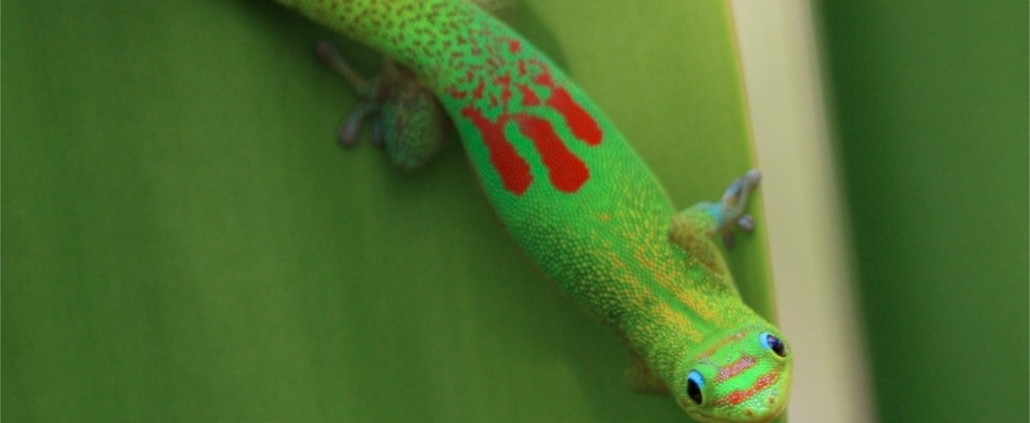Free Biomimicry Resources for K-12 Schools, Institutions & Informal Educators
It’s crucially important that we allow school-age children to learn and sample what biomimicry is and how it can change our lives for the better. Below are several very high-quality resources that can help educators communicate these sometimes complicated scientific concepts to younger people.
- Sharing Biomimicry with Young People is a free downloadable publication, providing an introduction to biomimicry with teaching strategies for K-12 educators and others who work with youth.
- The Institute’s K-5 Biomimicry Curriculum will enter the second round of field tests this fall, integrating feedback generated by the first round of educators who used the K-5 lessons in their classrooms last spring. These lessons generate purposeful outdoor experiences that provide young students with a new lens of looking at the natural world.
- Grade 6-12 educators seeking to introduce biomimicry can start with the “Bite-sized Biomimicry” curriculum (scroll down). The ten-lesson unit prepares both teachers and students with key concepts in biomimicry, a foundation for submission to the Youth Design Challenge. If you are interested in teaching biomimicry in your middle school or high school classroom, this is a perfect starting place.
- Launching in January 2022, a new module in the Climate Science Lab at Golden Gate will feature biomimicry as a practice for students to become change-makers in their local communities. California educators introducing climate change in their classrooms might consider a middle school residential camp stay at NatureBridge at Golden Gate in San Francisco.
- In partnership with the Biomimicry Center at Arizona State University and the Phoenix Zoo, the Institute has created downloadable science kits for middle schoolers. BioConnect Kits feature a mini-challenge based on learnings from desert organisms. Each week-long unit walks 6th-8th grade students through the biomimicry design process with lesson plans, inquiry cards, 3D model files, videos and more. The kits are aligned to Arizona state standards and NGSS. Access BioConnect Kits here.
The Biomimicry Institute is actively identifying opportunities to bring their youth-focused teaching tools to under-served schools and historically marginalized communities. Rosanna Ayers, Director of Youth Education, is excited about expanding biomimicry education through this diversity of perspectives, which she sees as essential to preparing the up-and-coming decision-makers of our future.
